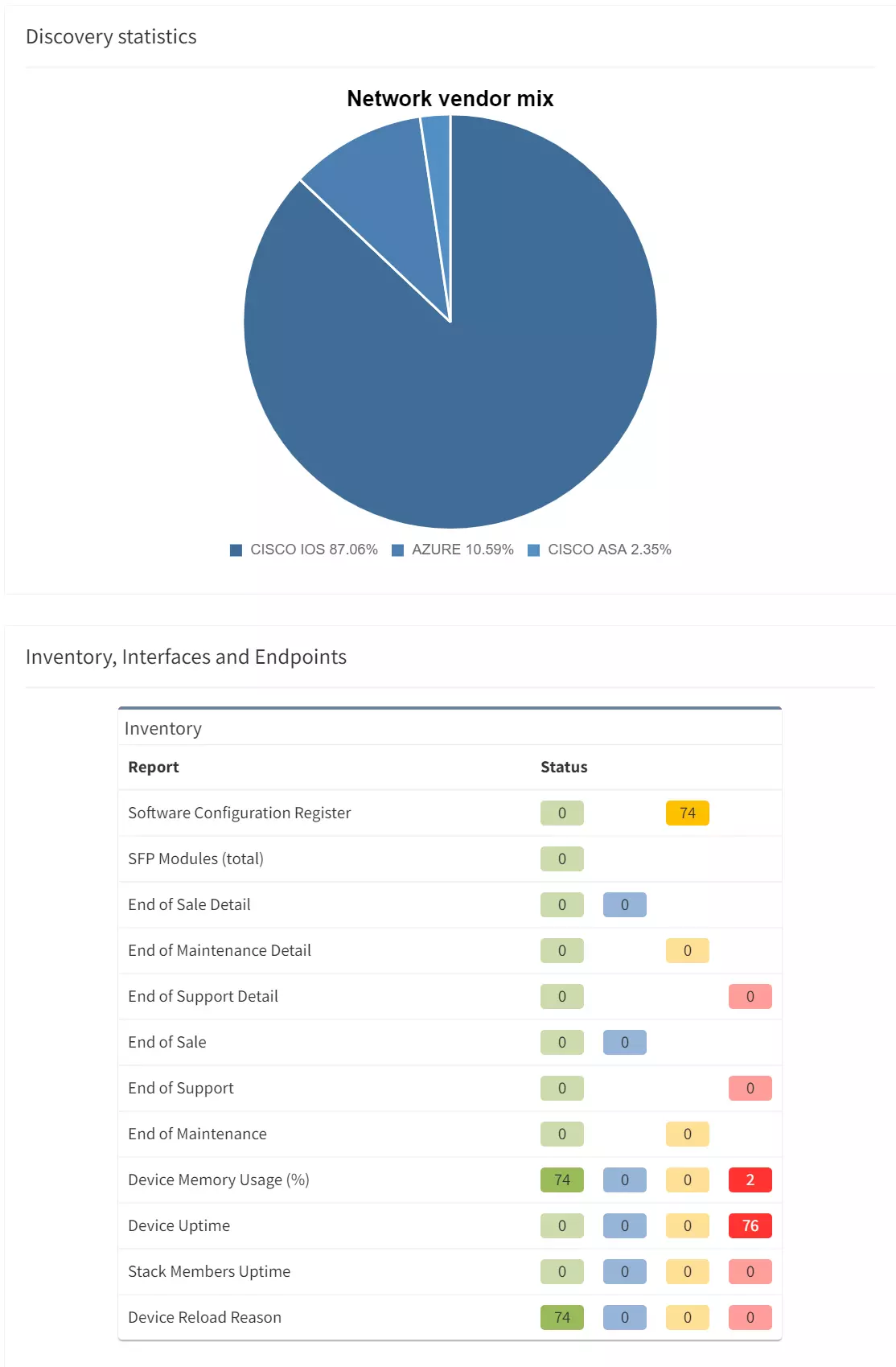

Guest post by Shamus McGillicuddy, Vice President of Research at EMA
Data is essential to network automation. Network administrators review network data whenever they must implement a change through a network automation tool. Thus, any network automation strategy must take a rigorous approach to how solutions collect and manage network data. Enterprise Management Associates (EMA) recently explored the importance of data management in new research on data center network automation.
Our survey of 359 technology pros found that 48% of companies have data center network automation solutions that rely at least partially on manual data gathering. In other words, administrators must consult separate systems to find data they need in order to make a change in a network automation tool.
“We are somewhat manual,” a NetDevOps engineer with a large European government agency told EMA. “We have [a commercial network data repository], but it’s not fit for a purpose, and it’s always out of data. So, engineers revert to using spreadsheets.”
Nearly 51% of the organizations that rely on manual data gathering told EMA that these manual processes have degraded the effectiveness of their data center network automation solutions. EMA research found that there are three primary negative impacts from network automation that relies on manual data management.
EMA recommends that network data management should be a critical focus of any network automation strategy. The automation toolset should have comprehensive and reliable access to all network data that administrators need to implement automated changes.
“When an engineer has everything they need to execute a change right in front of them, it leads to high-quality work with a quick turnaround time.”
Network automation engineer with a $3 billion retailer.
As much as possible, tool architects should select and implement network automation tools that automate the gathering of all network data that users need for their workflows. This data strategy should provide insight into both network intent and network state. It should start with configuration and inventory data (intent), as well as device metrics and topology, then forwarding and policy behavior (state). This approach allows the network team to establish a true source of truth about the network.
From there, tool architects should think about how they can leverage this source of truth to establish a digital twin of the network, which will allow them to simulate, visualize, and understand how the state of a network matches their intent for the network. EMA research found that 88% of technology pros believe it is useful to have a digital network twin capability in their data center network automation tools. They told EMA that these digital twins are helpful in a variety of ways, including capacity planning, network design, troubleshooting, and threat modeling.
With continuous insight into network intent and network state, a network automation tool can evolve into a network assurance platform. EMA research found that 89% of technology pros believe it is important for data center network automation tools to have integrated network assurance capabilities that allow them to monitor and troubleshoot networks from within the automation tool. Best-in-class companies were more likely to prioritize these capabilities.
Finally, this visibility must be end-to-end, from the data center out to the network edge. EMA research found that 86% of technology pros believe it is important for data center network automation solutions to be integrated into end-to-end network automation, including the LAN and the WAN. Best-in-class companies were the most likely to say end-to-end extensibility is very important to their data center automation tool strategy. Not only should automation be extensible across the entire network, but the network source of truth should also be global and end-to-end. This will allow network administrators to understand how automated changes to the network can affect application performance, end-user experience, and network security.
If you want to read the full research report, download it here: The Future of Data Center Automation.
To find out more about how IP Fabric can accelerate your network automation journey, request a tailored demo with our team: Request a Demo.
Guest post by Shamus McGillicuddy, Vice President of Research at EMA
Data is essential to network automation. Network administrators review network data whenever they must implement a change through a network automation tool. Thus, any network automation strategy must take a rigorous approach to how solutions collect and manage network data. Enterprise Management Associates (EMA) recently explored the importance of data management in new research on data center network automation.
Our survey of 359 technology pros found that 48% of companies have data center network automation solutions that rely at least partially on manual data gathering. In other words, administrators must consult separate systems to find data they need in order to make a change in a network automation tool.
“We are somewhat manual,” a NetDevOps engineer with a large European government agency told EMA. “We have [a commercial network data repository], but it’s not fit for a purpose, and it’s always out of data. So, engineers revert to using spreadsheets.”
Nearly 51% of the organizations that rely on manual data gathering told EMA that these manual processes have degraded the effectiveness of their data center network automation solutions. EMA research found that there are three primary negative impacts from network automation that relies on manual data management.
EMA recommends that network data management should be a critical focus of any network automation strategy. The automation toolset should have comprehensive and reliable access to all network data that administrators need to implement automated changes.
“When an engineer has everything they need to execute a change right in front of them, it leads to high-quality work with a quick turnaround time.”
Network automation engineer with a $3 billion retailer.
As much as possible, tool architects should select and implement network automation tools that automate the gathering of all network data that users need for their workflows. This data strategy should provide insight into both network intent and network state. It should start with configuration and inventory data (intent), as well as device metrics and topology, then forwarding and policy behavior (state). This approach allows the network team to establish a true source of truth about the network.
From there, tool architects should think about how they can leverage this source of truth to establish a digital twin of the network, which will allow them to simulate, visualize, and understand how the state of a network matches their intent for the network. EMA research found that 88% of technology pros believe it is useful to have a digital network twin capability in their data center network automation tools. They told EMA that these digital twins are helpful in a variety of ways, including capacity planning, network design, troubleshooting, and threat modeling.
With continuous insight into network intent and network state, a network automation tool can evolve into a network assurance platform. EMA research found that 89% of technology pros believe it is important for data center network automation tools to have integrated network assurance capabilities that allow them to monitor and troubleshoot networks from within the automation tool. Best-in-class companies were more likely to prioritize these capabilities.
Finally, this visibility must be end-to-end, from the data center out to the network edge. EMA research found that 86% of technology pros believe it is important for data center network automation solutions to be integrated into end-to-end network automation, including the LAN and the WAN. Best-in-class companies were the most likely to say end-to-end extensibility is very important to their data center automation tool strategy. Not only should automation be extensible across the entire network, but the network source of truth should also be global and end-to-end. This will allow network administrators to understand how automated changes to the network can affect application performance, end-user experience, and network security.
If you want to read the full research report, download it here: The Future of Data Center Automation.
To find out more about how IP Fabric can accelerate your network automation journey, request a tailored demo with our team: Request a Demo.




